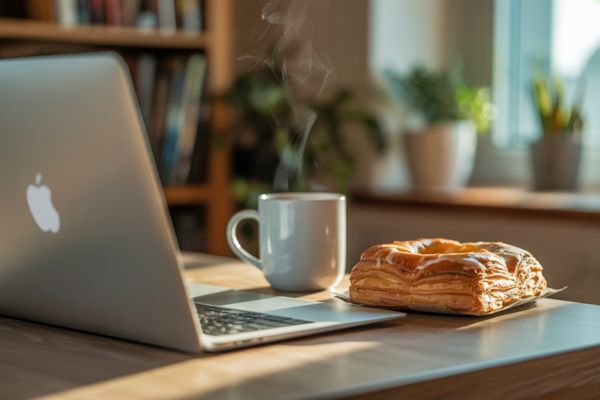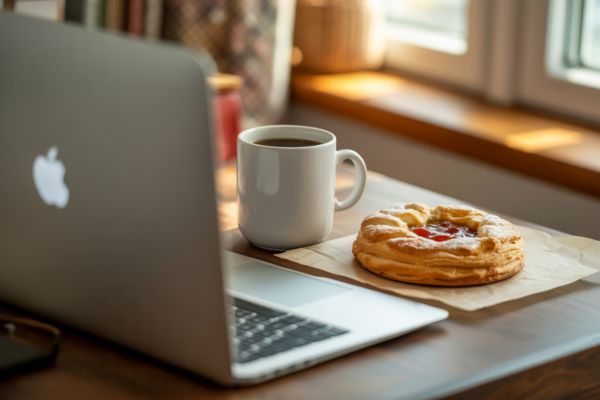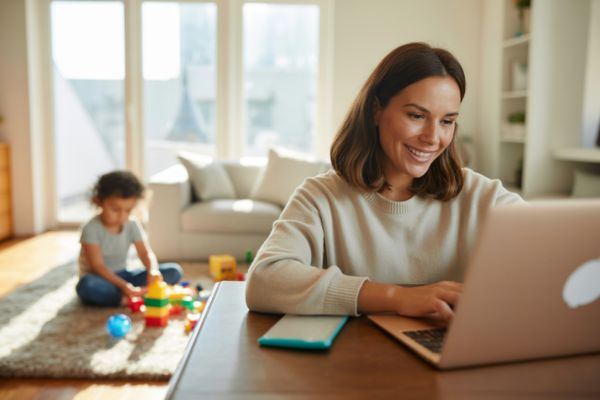What makes a website feel truly luxurious? It’s not about adding more — it’s about knowing what to leave out. Luxury design is quiet confidence. It’s the art of restraint, where every element has space to breathe and every detail feels intentional.
When you land on a great luxury site, you can almost sense the calm. The typography feels effortless. The lighting feels soft. The motion feels natural. It all adds up to a design that feels crafted, not crowded.
Here’s what I look for when building a luxury mood board:
- Restraint: Fewer elements, generous white space, precise alignment.
- Craft sensibility: Materials, texture, and light showcased like an art exhibit.
- Confidence: Minimal copy, elegant typography, and motion that whispers.
- Consistency: Cohesive palette, balanced spacing, and intentional imagery.
If you want inspiration, start by studying the classics.
Fashion: Chanel, Dior, Louis Vuitton.
Jewelry: Cartier, Tiffany & Co., Bulgari.
Decor: Fendi Casa, Restoration Hardware, Ralph Lauren Home.
Their sites are masterclasses in tone, spacing, and quiet sophistication.

Layout Patterns That Signal “High-End”
Editorial Hero and Asymmetric Grids
A full-bleed hero image with generous margins sets the stage. Keep your content width narrow — about 60–70 characters per line — and let white space create a rhythm. Asymmetric grids add tension and elegance.
If you’re adding navigation, keep it slim and refined — maybe with subtle transparency that feels like glass rather than chrome.
Modular Product Storytelling
Think of your page like a book. Tell a story: heritage, craft, materials, details, care.
Use a mix of close-up detail shots and lifestyle imagery to move from intimacy to aspiration. Keep buying actions visible but understated — no need for loud buttons when confidence does the talking.
Appointment-First or Boutique-Led Landing
For luxury brands offering bespoke services, lead with Book an Appointment or Find a Boutique.
Use elegant maps, not loud pins. Showcase photography that feels personal, not posed. This approach works beautifully for jewelry and decor brands, where in-person experiences are part of the charm.
Typography That Whispers, Not Shouts
Typography carries so much of the luxury mood. The right type pairing can make a page feel instantly more refined.
- Headlines: Try a modern Didone or elegant transitional serif.
- Body text: Go for a humanist sans or warm serif that’s easy to read.
- Add small caps, fine rules, or subtle numerals for that final crafted touch.
Generous type scale is key — think 14–16 px for body text, 40–72 px for headlines. Keep spacing loose, lines airy, and text blocks never too dense. Luxury design needs room to breathe.

Color Palettes and Materiality
Color in luxury design isn’t loud — it’s layered. It whispers quality.
Monochrome with Metal Accents
Classic black and ivory paired with soft gold or platinum.
Hex ideas: #0A0A0A, #F5F2EE, #C9A857, #B6B7BA
Jewel Tones for Depth
Emerald, sapphire, and amethyst used sparingly to anchor a palette.
Hex ideas: #0A3A32, #0A1D4D, #3D1F4F
Warm Neutrals for Decor
Greige, stone, and bronze tones that feel tactile and architectural.
Hex ideas: #8A7E6D, #D3C6B3, #6C5F54
Keep your UI mostly neutral and let photography or small accents carry the rich color. Aim for strong contrast (around 7:1) for readability.
Motion That Feels Expensive
Luxury motion design is quiet, not flashy. It’s the digital equivalent of silk moving in a breeze.
- Micro-interactions: Soft hover reveals, light tilts, gentle shadows.
- Scroll choreography: Subtle fades or crossfades, no heavy scroll-jacking.
- Video and 3D: A short, muted hero loop or macro footage of craft details adds instant elegance.
Everything should move with intention and restraint.

Accessibility Is Part of Luxury
Luxury should feel inclusive. That means respecting motion settings, ensuring all elements work with a keyboard, and keeping tap targets large and readable on mobile. True refinement is thoughtful — it never excludes.
Imagery and Art Direction
Beautiful imagery is where luxury brands shine.
- Material close-ups: Capture textures — fabric weaves, gemstone facets, brushed metal, or marble veins.
- Lighting: Go for soft shadows and consistent color temperature.
- Composition: Use negative space and natural balance; mix portrait, landscape, and tall crops for rhythm.
Your photos should feel tactile, not staged — like you can almost touch them.
Creating a Luxury Experience Online
Guided discovery: Offer “Find your piece” quizzes or concierge chat.
White-glove checkout: Keep it simple — minimal fields, multiple payment options, thoughtful extras like gift wrap or notes.
Limited editions: Add intrigue with invitation-only drops or private previews.
These touches turn an online store into a memorable brand experience.

Building Your Mood Board
Start by gathering references from your favorite brands. Save screenshots, note color palettes, typography, and motion details.
Document what you love:
- Palette swatches with hex codes and notes.
- Type samples for headlines and body.
- Key design components like navigation, cards, and CTAs.
Use Pinterest, Figma, or Milanote to organize your findings. Tag what feels luxurious — airy spacing, rich materials, soft lighting.
Then, lock in one palette, one type pairing, and a few layout patterns before you start prototyping.
Quick Do’s and Don’ts
Do:
- Embrace white space and consistent grids.
- Keep motion meaningful and subtle.
- Design mobile first.
- Test typography on real devices.
- Keep imagery cohesive across seasons.
Don’t:
- Mix too many fonts or visual effects.
- Overcrowd the interface.
- Use generic stock images.

Next Steps
Pick two or three layout ideas to explore. Lock your core colors and typography, and create a one-page style tile or sample homepage to test.
If you want a shortcut to perfect color combinations, grab my free Color Palette Guide — it includes ready-made luxury schemes and hex codes to help you start faster.
